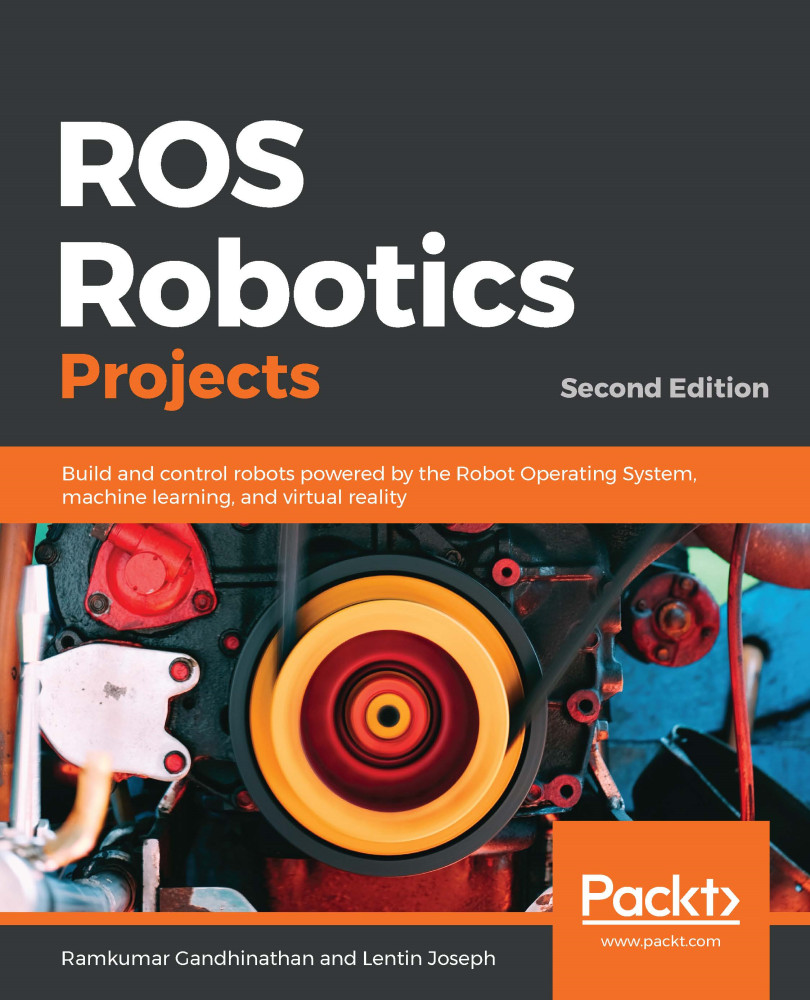To understand the multimaster concept, let's consider an industry use case, as shown in the following diagram:

Imagine that we have robots such as our robot manipulator (which we created in Chapter 3, Building an Industrial Mobile Manipulator) working toward loading and unloading goods and we have at least five such robots doing this. Also, imagine that there are a few robot arms that are working along with machines for tending applications, such as loading onto the machining area and then onto the conveyor and unloading for delivery. Finally, there is a central system that monitors all of these robots' tasks and health. For such a setup, there are multiple local networks that would connect to a common network (which is where the central system sits).
There is a mechanism defined in ROS that can help us...

































































